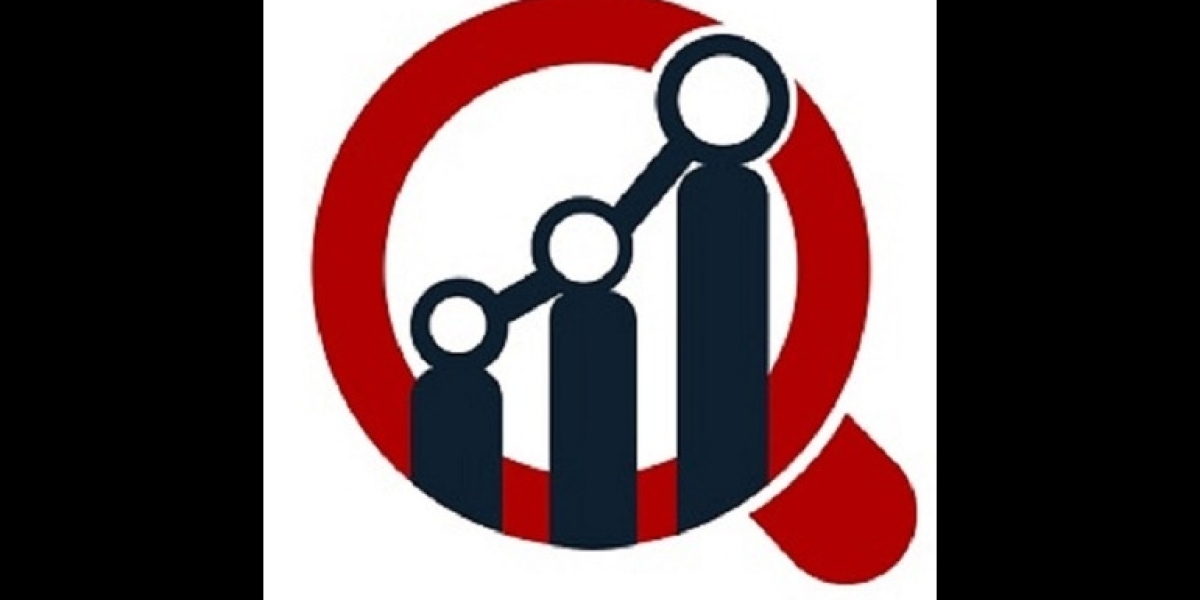Health Insurance: A Comprehensive Guide
In today’s fast-paced world, health insurance has become a necessity rather than a luxury. With rising medical costs and increasing health risks, having a reliable health insurance policy can be a financial lifesaver. This article explores the basics of health insurance, its benefits, types, and key considerations when choosing a plan.
What is Health Insurance?
Health Insurance Market Size is a contract between an individual and an insurance company, where the insurer agrees to cover medical expenses incurred due to illness, injury, or other health-related conditions. In return, the policyholder pays a regular premium. Depending on the plan, health insurance may cover hospitalization, doctor visits, medications, diagnostic tests, and preventive care.
Why is Health Insurance Important?
Financial Protection: Medical emergencies can lead to significant expenses. Health insurance mitigates the financial burden by covering treatment costs.
Access to Quality Care: Insured individuals are more likely to seek timely and quality healthcare services.
Peace of Mind: Knowing you are protected in case of an illness or accident provides emotional and psychological relief.
Preventive Services: Many plans offer free or low-cost preventive care, including screenings and vaccinations.
Tax Benefits: In several countries, health insurance premiums qualify for tax deductions.
Types of Health Insurance
Individual Health Insurance: Covers a single person. The sum insured is solely for the individual’s medical needs.
Family Floater Plan: A single policy that covers the entire family. The sum insured is shared among all insured members.
Group Health Insurance: Offered by employers to their employees. It often comes at a lower cost and may cover dependents.
Critical Illness Insurance: Provides a lump-sum payout on the diagnosis of specified critical illnesses like cancer or stroke.
Top-up Plans: These are additional coverage plans that activate after a certain threshold is crossed in the base policy.
Key Features to Consider
Sum Insured: The maximum amount the insurer will pay in a policy year.
Premium: The cost you pay for the policy. Balance affordability with adequate coverage.
Cashless Network Hospitals: Hospitals where the insurer directly settles bills, reducing out-of-pocket expenses.
Waiting Period: Time before certain conditions are covered, especially pre-existing diseases.
Inclusions and Exclusions: Clearly understand what is covered and what is not.
Claim Settlement Ratio: Indicates the reliability of an insurance provider in settling claims.
Trends in the Health Insurance Industry
Digital Health Ecosystems: Insurers are integrating telemedicine, digital claims, and online consultations.
Wellness Programs: Policies are offering rewards for healthy habits like gym memberships or regular health checkups.
Customizable Plans: Consumers can now tailor policies based on age, lifestyle, and health history.
AI and Automation: Streamlining claim processing and underwriting for faster services.
Conclusion
Health insurance is an essential tool for managing healthcare expenses and securing your financial well-being. Whether you're self-employed, working for a company, or managing a family, choosing the right plan tailored to your needs is crucial. Always compare multiple policies, read the fine print, and consider both your current and future healthcare needs. Investing in a comprehensive health insurance plan today can save you from financial distress tomorrow.
Related Report -







